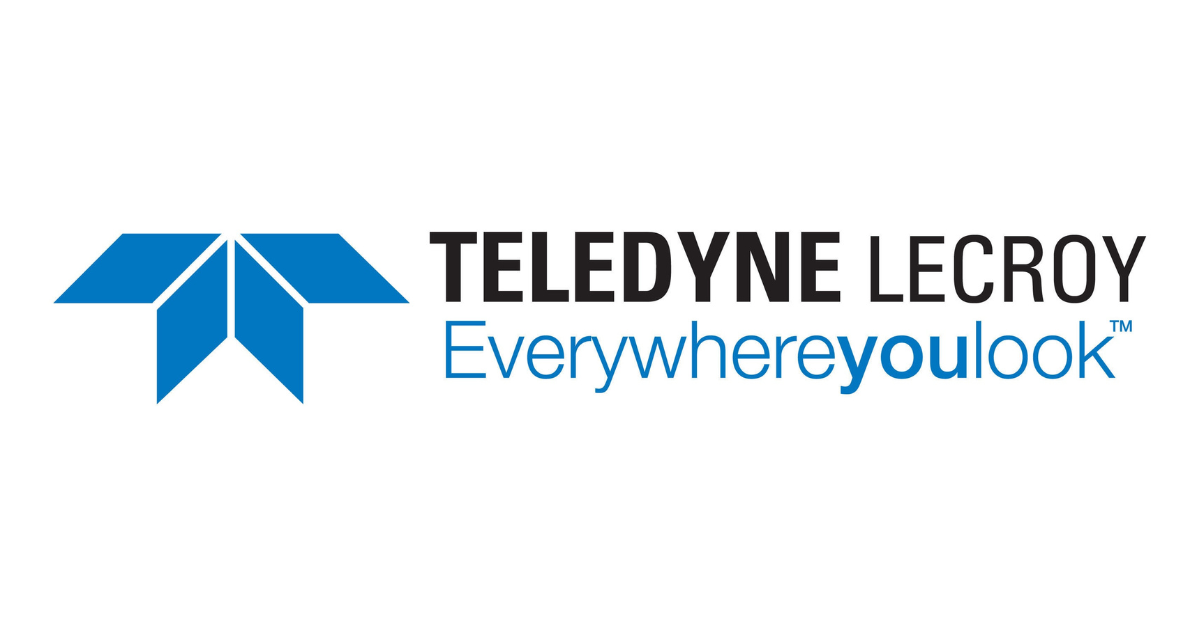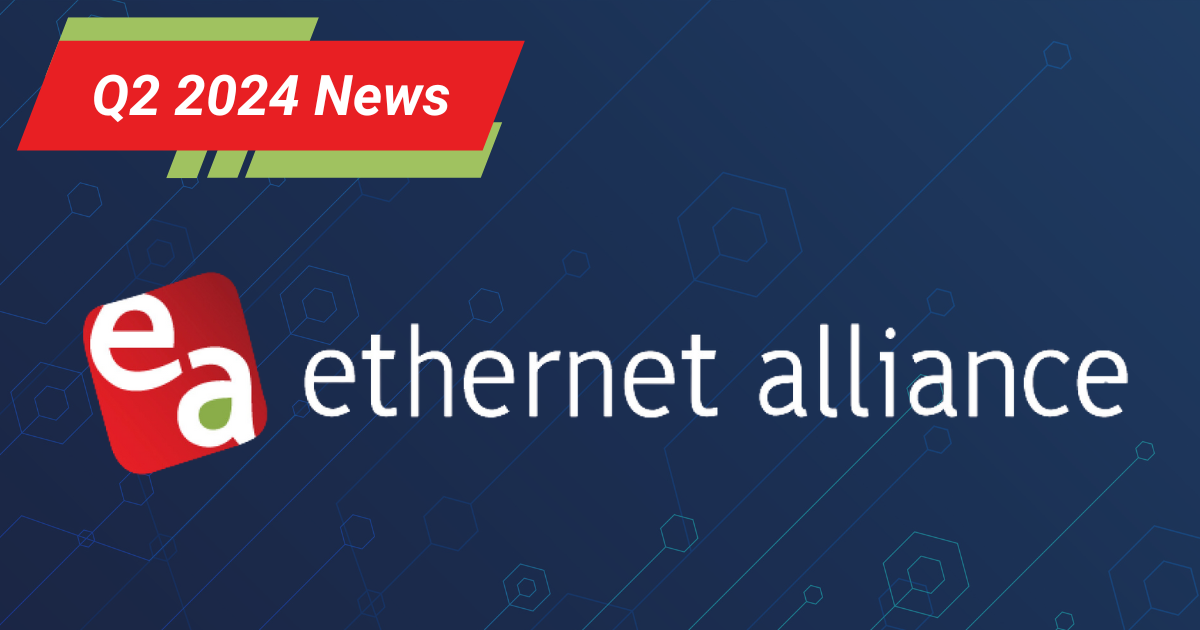800G – From Lab/Evaluation to Field Deployment
By: Ildefonso M. Polo, VP of Product Marketing, VeEX Inc.
Participating member VeEX joined the Ethernet Alliance at OFC 2024. In this guest blog, Ildefonso M. Polo, VP of Product Marketing discusses the important role of multi-vendor interoperability testing for the deployment of 800G.
Amid the flurry of 800G and 1.6T press releases often flooding signature trade shows like OFC, some co-authored by vendors and operators showcasing their specific records and achievements, it may seem like 800G is fully developed, mature and ready to move to the next data rate milestone. However, the actual availability and adoption of native 800G transceivers and switches are still a work in progress, as vendors navigate through the various stages of commercial readiness and availability. Similar journeys have been seen with 100G and more recently 400G. Moving from theoretical papers to readily available tangible products involves a complex process encompassing multiple stages, such as silicon, FPGAs, signal lanes, FEC, modulations, optical pathways, vendor-specific trials, beta samples, interoperability testing, manufacturing, and finally, the commercial release of switches, transceivers, and active cables. Each stage presents unique challenges and demands specific test and measurement requirements.
As we embrace the initial commercial rollout of 800G products, also referred to as the deployment or adoption phase, the focus shifts from NEMs (vendors) to actual customers (end-users) and their existing network setups. Interoperability and troubleshooting take center stage during this phase. In a rapidly evolving technological landscape, MSAs and standard bodies strive to keep pace with shortened development cycles to establish clear guidelines for seamless integration of these new transmission technologies. However, the rapid pace of innovation often outpaces standardization efforts, leaving room for interpretation and potential interoperability issues, a scenario that is still evident with the still increasing number of flavors for 400G. We are already talking about ZR and Linear-drive Pluggable Optics (LPO) variants being developed for 800G in efforts to increase reach and/or reduce latency, cost and power consumption.
While individual R&D labs can dedicate resources to specialized test equipment tailored to specific cutting-edge technologies, end-users must consider the broader needs of their evolving networks, transitioning from legacy 10GE or 100GE setups. As a result, testing shifts towards ensuring link integrity, error-free data transmission, optimal throughput, QoS, and addressing any lingering interoperability or transceiver initialization challenges arising from new market entrants. The lure of lower prices has always been an incentive for operators to keep on evaluating (testing) new vendors, making interoperability a top priority.
Despite collaborative efforts within MSAs and standard bodies, the development of new transceiver technologies often starts in isolation, in an effort to safeguard proprietary information. This is where organizations like the Ethernet Alliance (EA) play a vital role, providing a neutral and safe environment for multi-vendor testing and debugging to promote interoperability among equipment from different vendors, including competitors. Seamless interoperability remains a critical factor in the success and widespread adoption of 800G. VeEX Inc. recognizes the importance of those interop events.
With the introduction of various 800G versions (e.g., 2x400G, 8x100G) and the rise of data-intensive applications like AI/ML/LLM and augmented reality, the scale of devices, ports, and links requiring verification, testing, and troubleshooting grows exponentially, extending beyond the few initial R&D and evaluation labs to lots of geographically dispersed locations. This shift requires smaller, more adaptable, and multi-functional test equipment to meet the demands of hyperscale data centers, data center interconnects (DCI), large central offices, transport networks, as well as NEM’s field application engineers supporting multiple customers. Consequently, a new generation of multi-service handheld testers emerges just in time to facilitate the seamless deployment of 800G at a larger scale, adopting a more practical approach. Field test equipment must be ready to test any of the interfaces that are still being used in a data center, internet exchange, central office, etc. These new test sets must offer the flexibility to help users check any link or active cables in their network, from 1G to 800G, including various transceivers such as QSFP-DD800, QSFP-DD, QSFP56/28/+, SFP-DD, SFP56/28/+, AOC/DACs and common fan-out arrangements. Additionally, dual test ports are required for AOC/DAC testing and troubleshooting.
The compactness and mobility of handheld testers, which can operate on battery power, make them easy to carry and use in large data centers and aggregation nodes. This reduces the testing time and increases the efficiency and ease-of-use for field engineers and maintenance crews.
The views and opinions expressed are those of the authors and do not necessarily reflect the official policy or position of the Ethernet Alliance.




